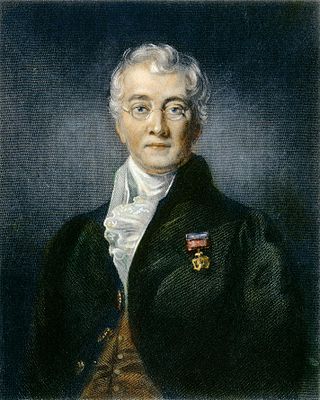
Sir Charles Bell was a Scottish surgeon, anatomist, physiologist, neurologist, artist, and philosophical theologian. He is noted for discovering the difference between sensory nerves and motor nerves in the spinal cord. He is also noted for describing Bell's palsy.

Sir James Paget, 1st Baronet FRS HFRSE was an English surgeon and pathologist who is best remembered for naming Paget's disease and who is considered, together with Rudolf Virchow, as one of the founders of scientific medical pathology. His famous works included Lectures on Tumours (1851) and Lectures on Surgical Pathology (1853). There are several medical conditions which were described by, and later named after, Paget:
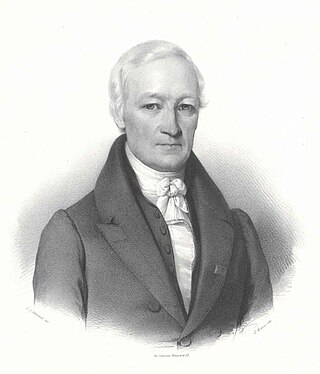
Friedrich Tiedemann FRS HFRSE was a German anatomist and physiologist. He was an expert on the anatomy of the brain.

Henry Gray was a British anatomist and surgeon most notable for publishing the book Gray's Anatomy. He was elected a Fellow of the Royal Society (FRS) at the age of 25.

Thomas Joseph Pettigrew, sometimes known as "Mummy" Pettigrew, was a surgeon and antiquarian who became an expert on Ancient Egyptian mummies. He became well known in London social circles for his private parties in which he unrolled and autopsied mummies for the entertainment of his guests.

Thomas Wharton Jones was an eminent ophthalmologist and physiologist of the 19th century.

William Sharpey FRS FRSE LLD was a Scottish anatomist and physiologist. Sharpey became the outstanding exponent of experimental biology and is described as the "father of British physiology".

Richard Partridge FRS, FRCS was a British surgeon. Although he became President of both the Royal College of Surgeons and the Royal Medical and Chirurgical Society, he is best known for his part in apprehending the London Burkers gang and for failing to spot a bullet lodged in Giuseppe Garibaldi's leg.

Richard Dugard Grainger FRCS FRS was an English surgeon, anatomist and physiologist.

In anatomy and neurophysiology, this is the finding that the anterior spinal nerve roots contain only motor fibers and posterior roots only sensory fibers and that nerve impulses are conducted in only one direction in each case. The nature and the physiology of the phenomena were described independently by the British anatomical scientist Sir Charles Bell and the French physiologist François Magendie, later confirmed by the German physiologist Johannes Peter Müller.
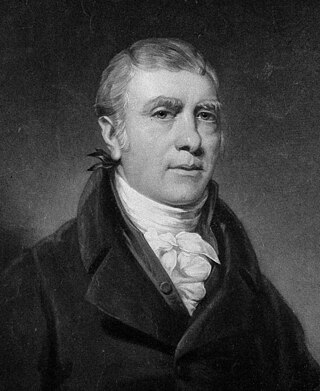
John Barclay was a Scottish comparative anatomist, extramural teacher in anatomy, and director of the Highland Society of Scotland.

John Marshall FRS FRCS was an English surgeon and teacher of anatomy.

Granville Sharp Pattison (1791–1851) was a Scottish anatomist. Professor of Anatomy at London University, after losing two British positions, he emigrated permanently to the United States to be a professor at New York University.

James Macartney was an anatomist. He began life as an Irish volunteer in 1780, and was afterwards educated at the endowed classical school at Armagh, and then at a private school. He was associated for a time with the Sheares brothers and Lord Edward Fitzgerald, the United Irishmen but, being dissatisfied with their programme, he cut himself adrift and began to study medicine.
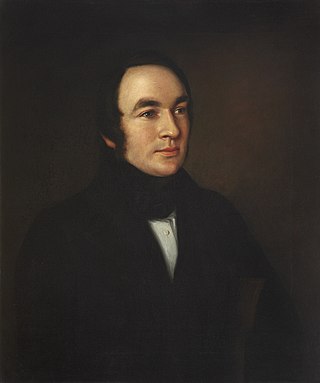
John Reid was a Scottish physician and academic, known as an anatomist and physiologist.

John Beresford Leathes DSc, MA, FRS, FRCS, FRCP was a British physiologist and an early biochemist. He was the son of Hebrew scholar Stanley Leathes, and the brother of the poet, historian and First Civil Service Commissioner Sir Stanley Mordaunt Leathes.

Thomas Turner, FRCS, FLS, was an English surgeon known primarily for his involvement in developing medical education outside its then traditional base of London. He established a medical school in Manchester and was both a Fellow of the Royal College of Surgeons of England and the Linnean Society of London.
Alexander Shaw was a Scottish surgeon.

Robert Harrison M.R.C.S. I., M.R.I.A. was an Irish surgeon and anatomist. He was the president of the Royal College of Surgeons in Ireland (RCSI) in 1848.
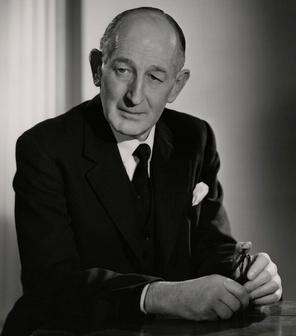
Sir Herbert John Seddon was an English orthopaedic surgeon. He was Nuffield Professor of Orthopaedic Surgery at the University of Oxford, where his work and publications on peripheral nerve injuries gained him an international reputation. His classification of nerve injuries forms the basis of that in use into the 21st century. He went on to become director of the new Institute of Orthopaedics in London and subsequently the first Professor of Orthopaedics in the University of London. In this role he directed basic science research into orthopaedic conditions and developed postgraduate training in orthopaedic surgery. He was President of the British Orthopaedic Association, and was knighted in 1964 for services to orthopaedics.



















